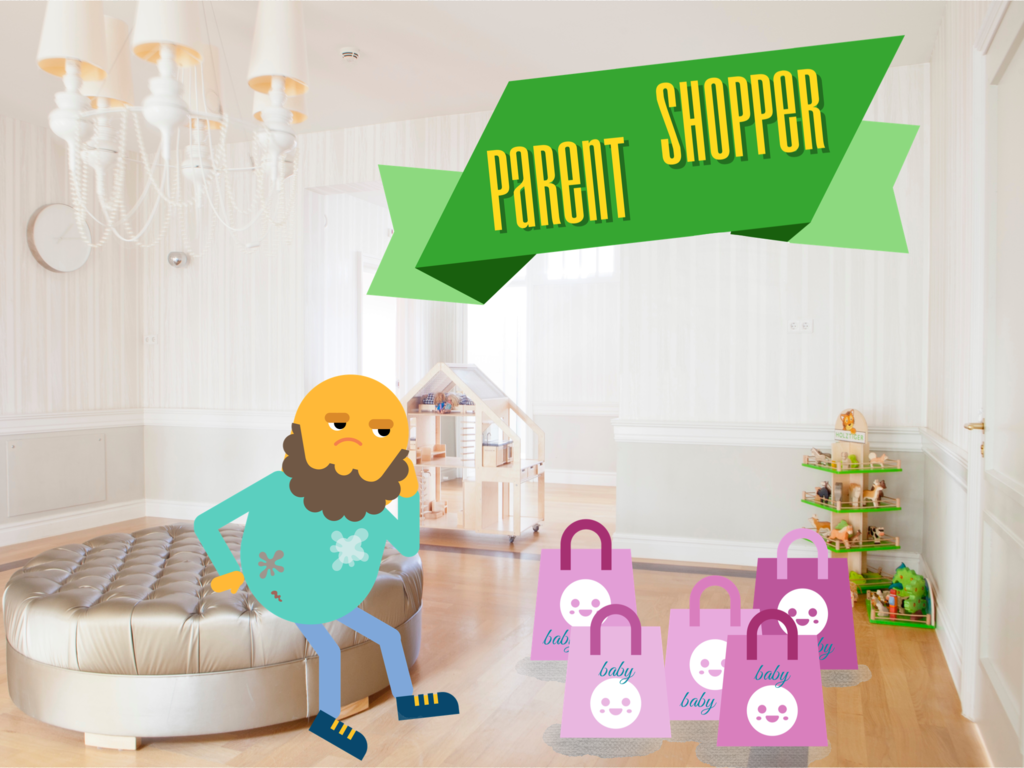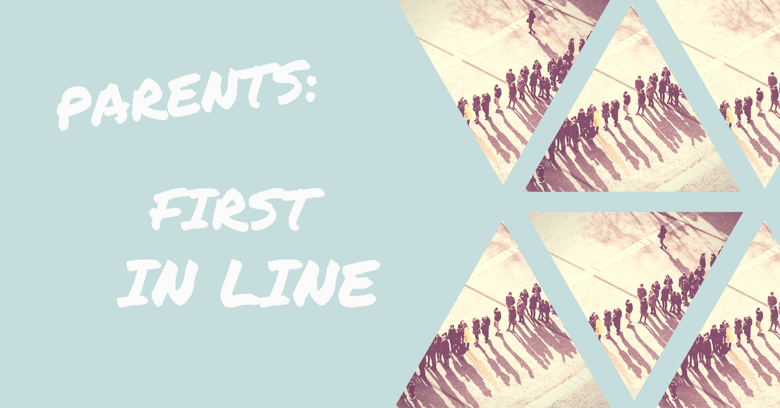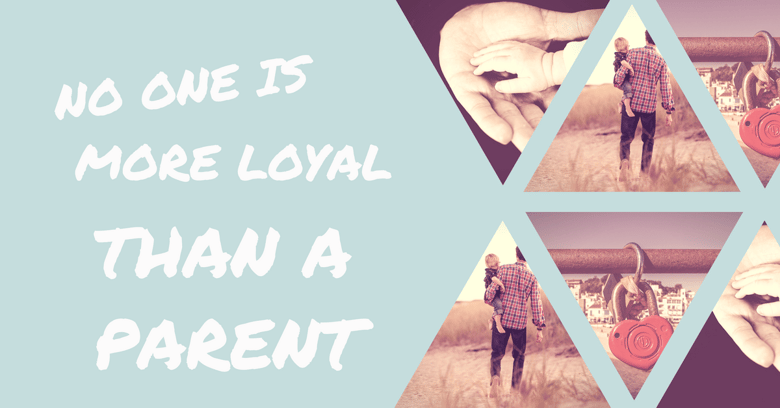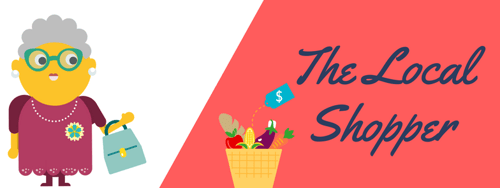
The categories of customers in e-commerce are accumulative: a buyer may be local, digital and international at the same time, even though each one of these facets show different behaviours.
Is there a circumstance in which a customer imposes the same behavioural trend in all categories and sales channels? Yes, and that good new one is... to be a parent! To stay attentive of raising children (and the finances) supposes that human beings move to a life of chaos where there is just one guide stone: is this in my interest for my role as a parent?
Each purchase suddenly becomes indistinguishable: going to the corner shop, the Amazon sale, or summer holidays. The individual is no longer a consumer, but a responsible head of the family. Does the criteria change when those purchases are made? Whether you like it or not, everything changes in life with the arrival of a little one. Well packed like in a stork's beak, we're going to tell you about the patterns of customers who, first and foremost, are parents.

Everyone remembers the trauma of their parents forgetting to pick them up at the school gate, or always taking them late to school. The anxiety of being the best parents has been exploited by consumerism: back-to-school shopping starts early in the summer, and Christmas shopping starts in autumn (and even in the middle of September).
Social complaints reporting the massive advance of seasonal advertising are understandable, but that's also the response to a behaviour that doesn't act under pressure, but spreading itself over a longer and slower period instead. Parents are usually pending on the offers that crop up, and on the favourite or key products not selling out. To spread the expense means no to suffer it all at once during critical months, like September or December.
This naturally means that more money is spent as a result. Some studies show that the Christmas expense increases every year and becomes greater than the school one. So, don't be afraid to organise seasonal campaigns for your e-commerce shop in advance, particularly if you specialise in children's or junior products, and look for those early birds among parents who want to get the latest products.

The expense is high for schoolchildren, but it increases up to 40% more when children reach the age to go to university (if they can afford the studies). It's already common for all ages for the greater expense to be focused on technology. For example, from nursery to high school, parents mainly spend money on tablets for their children, which are durable, large, intuitive and versatile. At university, the demand grows for computers and laptops. Despite their popularity, the most expensive brands are not so widespread among young people, and parents prefer to choose Android or Windows systems.

All customers do, but parents do so even more: the majority of purchases is based on price when it comes to deciding which product to buy, as parents usually have a tight budget and more unforeseen expenses. According to some studies, mothers are more sensitive to this factor, although it's possible that this defines old generations instead of a real pattern of behaviour.
Following the western recession over the last decade, and before the withdrawal of public benefits in some countries, parents have found a great attraction in offers and incentives which are similar to private initiatives, such as the baby welcome packs that some supermarkets offer as gifts.
If you want to approach parents, remember that they continually look out for sales and bargains (more than 80% often use vouchers or discounts, so a shop or business catalogue may be useful for you). They also wait until more expensive products come down in price, which is usually the case on larger platforms or massive promotions like Black Friday.
In the most difficult cases, there has been a noticeable increase in second hand purchases on eBay (where you can reorient your online shop as a complementary marketplace), own brands and the large, economical clothing franchises.

We know that some types of customers, such as local ones, develop great loyalty with reliable shops. Parents end up being very loyal to brands, but this isn't due to a friendly and attentive service, it's because the purchase doesn't require any more thought. Constantly turning to the same brands means time is saved, and there is no longer any need to make frequent comparisons.
This means a disadvantage for new brands, but it shows which is the ideal strategy. If your products are original, then develop loyalty through the quality that children deserve. If you are selling a large variety of products in an online shop, include popular brands to guarantee that parents will find what they are looking for as soon as they start to browse. Once you have included them, you can start to suggest similar or alternative products, or new brands.

As there are parents in all social layers, the increase in the use of mobile devices is not a novelty among them. Up to 60% use some kind of technological device for their e-commerce purchases. What's more, they tend to compare prices in physical shops using their mobiles, which is why it's a good idea to study the surrounding competition for key products, to adapt your shop to screens, always have your catalogue updated with tools such as a PIM system, and use strategies that make it easy to search prices online, and among different physical shops.
It is usually argued that the latest generation of parents is more technological, as more than 90% use the internet, and more than 70% are in some kind of social network. The context for these conclusions has to be taken into account, as does each country.
So, don't just aim your digital campaigns at young parents. In reality, 68% of parents at any age play some kind of mobile app and watch videos in YouTube. Take into account that these habits usually occur at night, and that parents make purchases late when their children go to bed while they have those few moments of peace and relaxation. Choose the appropriate age profiles and time periods for your adverts linked to products that parents may find interesting, and divide it all up as much as possible.
For example, mothers tend to use networks like Pinterest and Instagram, they trust sellers and advertising less, and consider themselves to be understood more while exchanging reliable advice with other mothers. This explains the current success of advertising strategies and positioning through exemplary influencers, websites, forums and blogs focused on parents.

Parent shoppers are not just the kind of public who are only for sellers of nappies and rattles. They also inspire another secondary strategy, especially if your product is not a children's one: to appeal to the repressed desire that parents have; to the treat that they deserve or need among the tasks of raising children. Parent shoppers have basically put all their needs to the side, so they can look after their family. They are always buying for others or shopping for practical items. You will gain a customer if you can suddenly make them feel like they can allow themselves a prize, or recognise that they must have one.
This is also useful for activities, especially in websites offering holiday packages, and for cafés and events that try to cover all desires of the family. A place or programme for children, but also somewhere where parents can enjoy and even let their children occupy themselves for a while with piece of mind that they are in a safe environment. Somewhere that is a bit like the Pixar formula.

This is where a dirty tactic comes into play: advertising strategies that resort to the feeling of guilt. Parents usually believe that they are not giving enough to their children, or that they are not up to their role as a parent.
We live in the time of the desire for perfectionism. The public display open to a whole load of contacts in social networks brings the need to make a good impression 24/7. You can take advantage of this anxiety by providing help and support via the products in your online shop, and with some luck, you can educate more relaxed parents on their imperfections.
It's the educational value which is everything to parent customers, and this comes after the price. It resorts to the educational added extra: parents are more inclined to give in to a child's fancy if the product involves something educational like the Pepa Pig toy that teaches the alphabet, the Frozen backpack that promotes solidarity between sisters, or the chocolate milkshake with dozens of vitamins.
Also everything you need to know about...






.png?width=520&name=Blog%20Partner%20(3).png)

.png?width=520&name=Blog%20Partner%20(1).png)


